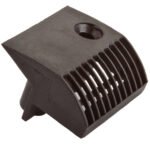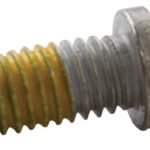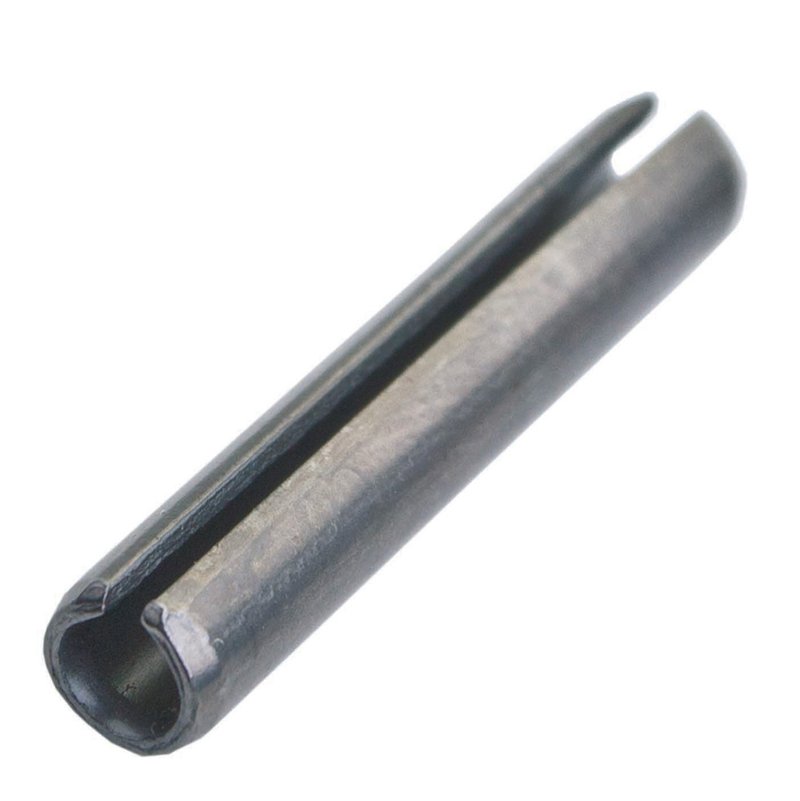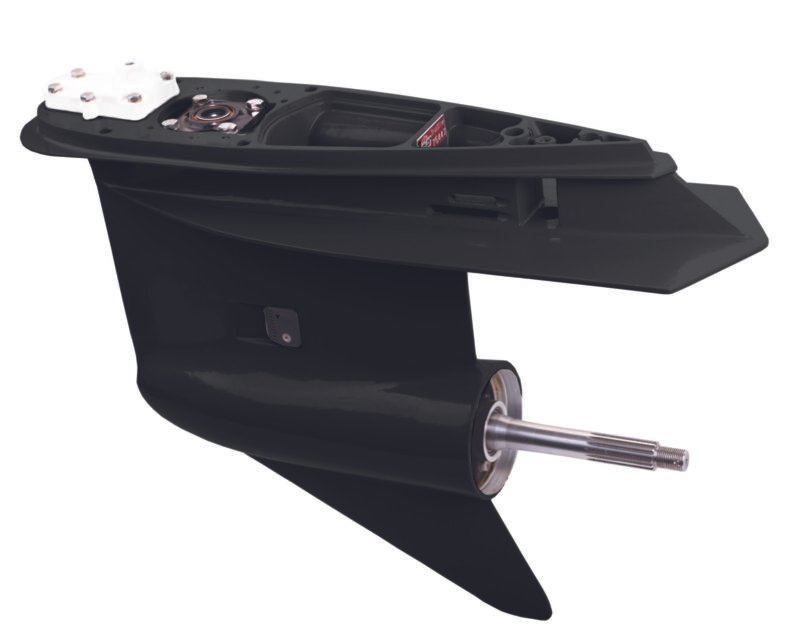
WATER SCREEN, 800 SERIES
March 11, 2024
SCREW, TRIM TAB
March 11, 2024
Description
- Function: The roll pin acts as a fastening and alignment device, ensuring that connected parts remain securely in place while allowing for relative movement or disassembly when necessary. It provides a strong and reliable connection, even under high levels of stress or vibration.
- Design: Roll pins are typically cylindrical in shape and have a spiral groove or slot along their length. This design allows the pin to compress when inserted into a hole, exerting outward pressure against the walls of the hole and the mating parts. This tension creates a secure friction fit that prevents the pin from loosening or falling out during operation.
- Material: Roll pins are commonly made from hardened steel or stainless steel to provide strength, durability, and resistance to corrosion. They may also be coated or plated with zinc, black oxide, or other finishes to enhance their appearance and protect against rust and wear.
- Installation: Installing a roll pin involves aligning it with the corresponding holes in the parts to be connected and then driving it into place using a hammer, punch, or specialized installation tool. Care must be taken to ensure that the pin is fully seated and flush with the surface of the parts to prevent interference or misalignment.
- Applications: Roll pins are used in a wide range of mechanical and automotive applications, including securing gears, pulleys, shafts, and other rotating components, as well as in firearms, machinery, and construction equipment.
- Sizes: Roll pins come in various diameters and lengths to accommodate different hole sizes and assembly requirements. Choosing the correct size of roll pin is essential to ensure a proper fit and reliable connection.




